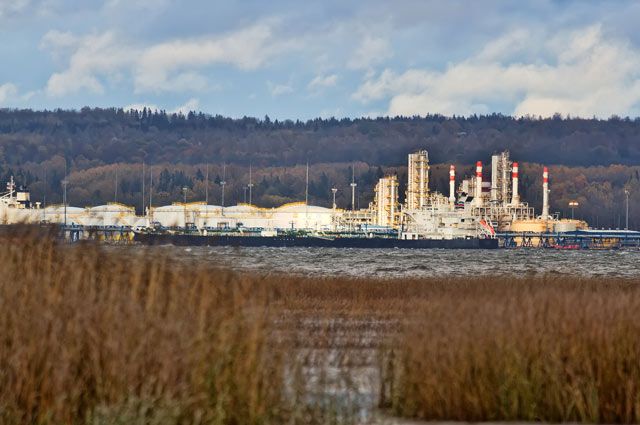
The country's largest oil company aims to achieve carbon neutrality by 2050. It has updated its strategy to take into account the challenges ahead. a global energy transition.
Costs under control
At the end of last year, the company's board of directors approved a new version of the strategy: “Rosneft-2030: reliable energy and global energy transition”. And recently it was presented to journalists.
Achieving carbon neutrality by 2050 became the foundation around which the strategy was built. According to 1st Vice-President Didier Casimiro, it resembles, and in many ways exceeds the goals of global competitors: BP, Exxon, Saudi Aramco, Chevron.
To fulfill the obligation, Rosneft it is necessary to maintain the stability of the production. For this, 3 priorities have been identified: reducing the carbon footprint, operational leadership and increasing efficiency.
Absolute emissions are projected to drop more than 25% by 2035. Additionally, by 2030, associated gas flaring will reach zero and methane emissions intensity will decrease to 0.2% or less.
“The changing structure of the global energy balance puts additional pressure on traditional energy producers. It is increasingly important to have a cost advantage compared to competitors”, – considers Casimiro.
The Russian company has it. For 2 years, it reduced costs from $3.1 to $2.7 per barrel. oil equivalent (one of the best results in the industry).
“This shows the high efficiency of management, as well as our ability to control costs during periods of high inflationary pressure”, – said the 1st vice-president. By the way, Vostok Oil is the most environmentally friendly project of the largest oil company in the country. Its resource base is over 6 billion tonnes of premium sweet crude. Such quality does not require separate units in refineries for its processing, which already significantly reduces emissions. In addition, the company will use the associated petroleum gas to supply electricity to the project facilities and thus ensure its full utilization. In addition, it is planned to use wind energy. The wind generation potential in the northern Krasnoyarsk Territory, where the fields are located, is comparable to the capacities of the northern territories of England and Denmark, world leaders in wind energy.
Catching CO2
Options to decarbonize all assets are being worked on – “from the wellhead to the gas station.” Alexey Salin, Advisor for Strategic Planning and Investments to the rank of Vice-Presidentexplained that its own transport will be gradually switched to gasoline fuel, which will reduce emissions by up to 30%. And gas stations will begin to develop a network of electric vehicle charging stations. Already, about 20 charging stations are operating at gas stations in the Moscow, Tver and Leningrad regions, the Krasnodar Territory, Vladivostok and Khabarovsk. The company begins to implement pilot projects for carbon capture, use, transport and storage. Their enormous potential, combined with the possibilities of natural absorbers – forests in Russia, according to Casimiro, will help solve the problem of emissions that are unavoidable in production.
Director of the Department of Carbon Management with the rank of Vice President Emerson Milensky< /strong > clarified that the company's carbon storage capacity can make our country a leader in its use. And the introduction of CCS/CCUS technology, capable of capturing up to 90% of CO₂ emissions, minimizes the impact of the technosphere on nature. In addition, the stored carbon will be used in the production of “blue” hydrogen – technological solutions for this will also be developed as part of the new strategy.
In general, according to Salin, the “green” investments of the company over the past 4 years have amounted to about 200 billion rubles. (5% of its investment costs). And this figure, he added, will grow in the years to come.

